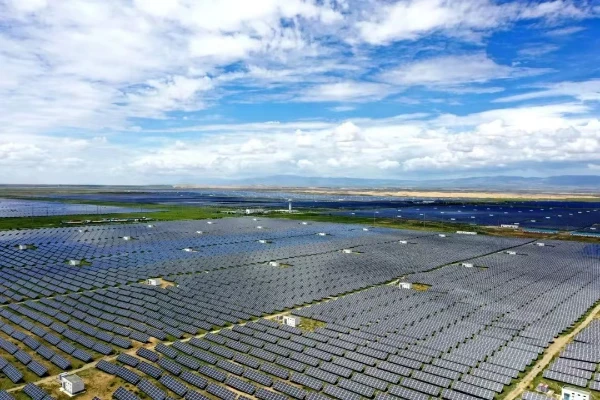When it comes to gemstones, the allure of their beauty and rarity has captivated humanity for centuries. But what truly defines the value of a stone? Is it its rarity, its historical significance, or perhaps its aesthetic appeal? In this article, we will delve into the multifaceted world of gemstones to uncover what is considered the most valuable stone, exploring various dimensions of value, including market trends, cultural significance, and scientific attributes.
Understanding Gemstone Value
Before we can identify the most valuable stone, it is essential to understand the criteria that contribute to a gemstone's value. The primary factors include:
- Rarity: The scarcity of a gemstone plays a crucial role in its valuation. Stones that are difficult to find or mine tend to command higher prices. For instance, diamonds are abundant in certain regions, but colored diamonds, such as pink or blue diamonds, are exceedingly rare.
- Quality: The quality of a gemstone is determined by its clarity, cut, color, and carat weight—often referred to as the Four Cs. A high-quality stone with excellent clarity and a perfect cut can significantly increase its market value.
- Market Demand: Trends in consumer preferences can influence the value of gemstones. For example, the rise of ethical sourcing has led to increased demand for responsibly mined stones, impacting their market prices.
- Cultural and Historical Significance: Some stones carry a rich history or cultural importance, which can enhance their value. For instance, the Hope Diamond is not only a stunning blue diamond but also a piece of history that has fascinated people for generations.
The Most Valuable Stones: A Comparative Analysis
- Painite
Once considered the rarest mineral on Earth, Painite has recently gained attention for its extreme scarcity. Discovered in Myanmar, this borate mineral is valued for its unique brownish-red hue and its rarity, with only a handful of known specimens. Painite's value can reach upwards of $60,000 per carat, making it a contender for the title of the most valuable stone.
- Blue Diamond
Blue diamonds, particularly those with a vivid hue, are among the most sought-after gemstones in the world. The Hope Diamond, weighing 45.52 carats, is one of the most famous blue diamonds, valued at an estimated $250 million. The rarity of blue diamonds, combined with their stunning appearance, places them at the pinnacle of gemstone value, often fetching prices of $3.93 million per carat at auction.
- Red Diamond
Red diamonds are the rarest of all diamond colors, with only a few known to exist. Their deep, rich color and scarcity make them incredibly valuable, with prices reaching up to $1 million per carat. The Moussaieff Red Diamond, weighing 5.11 carats, is one of the most famous examples and is valued at approximately $8 million.
- Grandidierite
This rare blue-green mineral, discovered in Madagascar, is prized for its striking color and transparency. Grandidierite is not only rare but also difficult to cut, making high-quality specimens exceedingly valuable. Prices can soar to $20,000 per carat, depending on the quality and size of the stone.
- Alexandrite
Known for its remarkable color-changing properties, Alexandrite can appear green in daylight and red under incandescent light. This unique characteristic, combined with its rarity, makes it highly sought after. High-quality Alexandrite can fetch prices of $12,000 per carat or more.
Conclusion: The Evolving Landscape of Gemstone Value
While the quest for the most valuable stone may lead us to Painite, blue diamonds, or red diamonds, it is essential to recognize that the value of gemstones is not static. Market trends, consumer preferences, and new discoveries continually reshape the landscape of gemstone valuation. Whether you are a collector, investor, or simply an admirer of these natural wonders, understanding the factors that contribute to a gemstone's value can enhance your appreciation for these exquisite treasures.




